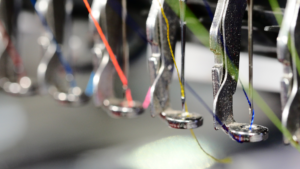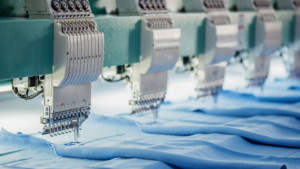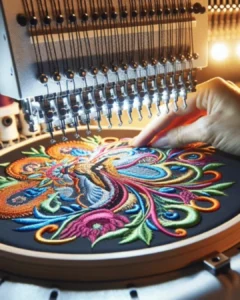How To Choose The Best Fabric For Your Embroidered Apparel
How do you go about choosing the perfect fabric for your embroidered apparel? It can be a daunting task, especially if you’re new to the world of embroidery. With so many fabrics available—each with its own unique characteristics—making the right choice can feel like solving a complex puzzle. But worry not! This guide will walk you through everything you need to know to make an informed decision.

This image is property of images.pexels.com.
Understanding Fabric Basics
Natural vs. Synthetic Fabrics
First things first, it’s crucial to understand the difference between natural and synthetic fabrics. Natural fabrics are made from plant or animal fibers, such as cotton, silk, wool, and linen. These fabrics tend to be more breathable and environmentally friendly. On the other hand, synthetic fabrics are man-made from chemical fibers and include materials like polyester, nylon, and acrylic. They are known for their durability and resistance to wrinkles and shrinking.
Fabric Weight
Fabric weight plays a vital role in embroidery. The weight of a fabric is usually measured in grams per square meter (gsm). Light fabrics are best for fine, delicate embroidery, while heavy fabrics can handle more robust and intricate designs. Generally, lightweight fabrics include cotton and linen, while heavy fabrics encompass denim and canvas.
The Role of Fabric Weave
Types of Weave
The weave of the fabric also significantly impacts your embroidery project. Common types of weave include plain weave, twill, and satin.
- Plain Weave: This is the simplest weave where the weft threads go over and under the warp threads alternatively. It is durable and less likely to fray.
- Twill: Twill weaves create a diagonal pattern and are more durable than plain weaves. Fabrics like denim use twill weave.
- Satin: Satin weave offers a shiny, smooth surface that’s ideal for formal or decorative apparel.
Understanding the impact of the weave can help you achieve the perfect finish for your embroidered apparel.
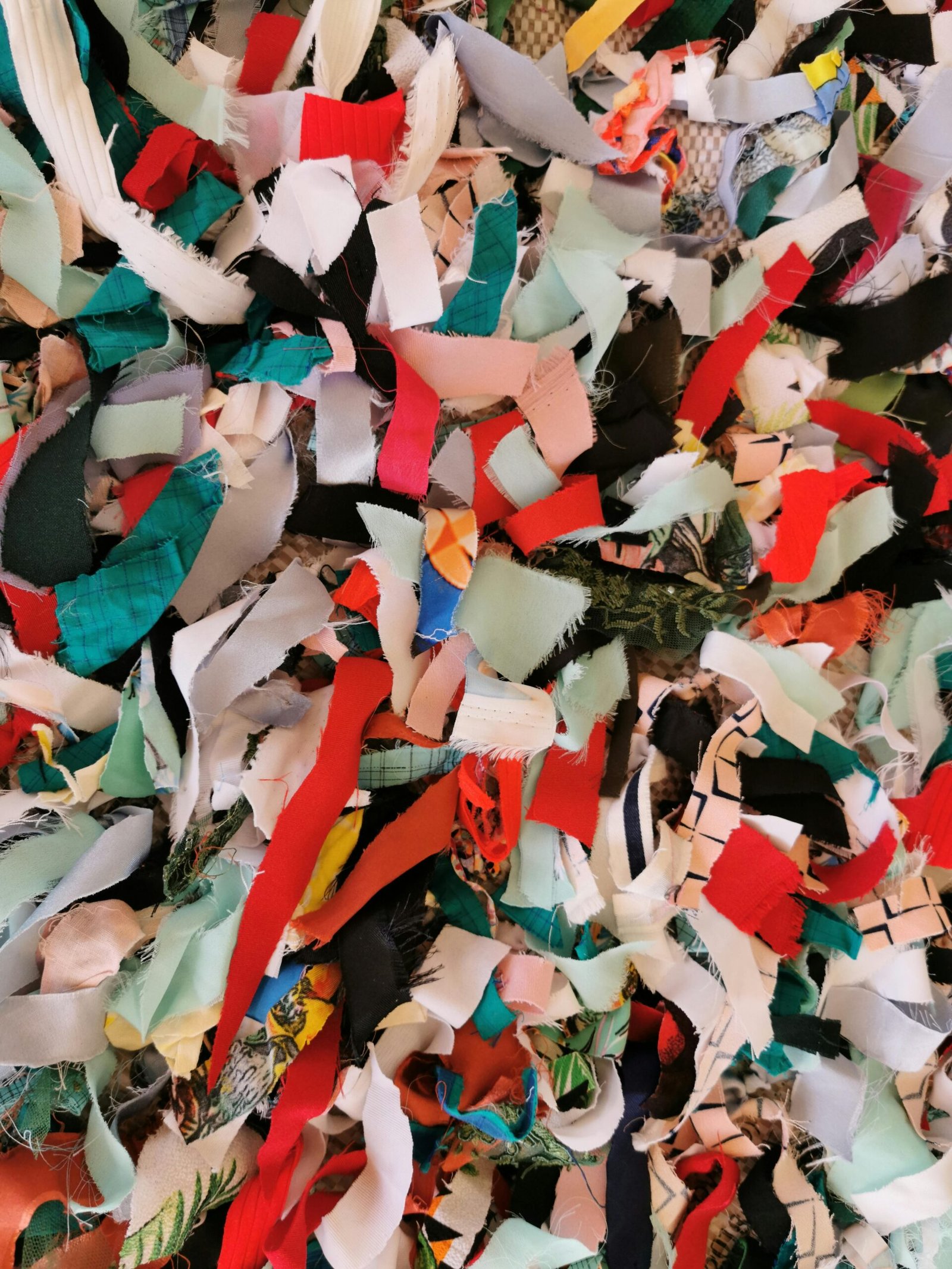
This image is property of images.pexels.com.
Types of Fabrics Best Suited for Embroidery
Cotton
One of the most popular choices for embroidery, cotton is easy to work with due to its smooth texture and reasonable weight. It’s also affordable and widely available.
Linen
Linen offers a beautiful rustic look perfect for casual and summertime apparel. Though it wrinkles easily, it takes embroidery stitches quite well, creating a textured and elegant outcome.
Wool
Wool is ideal for winter clothing and is fantastic for creating intricate patterns due to its thicker texture. However, wool can be a bit trickier to embroider because of its stretchiness.
Silk
Silk is a luxurious fabric that adds an elegant touch to any embroidery design. It’s delicate and requires a steady hand, but the end result is often worth the effort.
Polyester
Polyester is durable, resistant to wrinkles and shrinking, and generally affordable. However, it’s not as breathable as natural fabrics, which can be a drawback for wearable embroidered items.
Denim
For more heavy-duty embroidered designs, denim is an excellent choice. It’s durable and perfect for jeans, jackets, and other outerwear.
Canvas
Canvas is another robust fabric that can handle heavy embroidery. It’s often used for tote bags and outdoor apparel.
Fabric Selection Tips for Different Embroidery Techniques
Hand Embroidery
For hand embroidery, you generally want a fabric that has a tight enough weave to hold stitches but is not so thick that it’s difficult to push a needle through. Cotton and linen are great options.
Machine Embroidery
Machine embroidery requires a fabric that is stable and smooth. Polyester and denim work well for machine embroidery because of their robustness and smooth textures.
Cross-Stitch
Cross-stitch requires an even-weave fabric to ensure that your stitches remain uniform. Aida cloth is the most commonly used fabric for cross-stitch projects because of its grid-like pattern.
Appliqué
For appliqué, you need a fabric that can handle multiple layers and still look good. Denim and canvas are usually preferable choices.
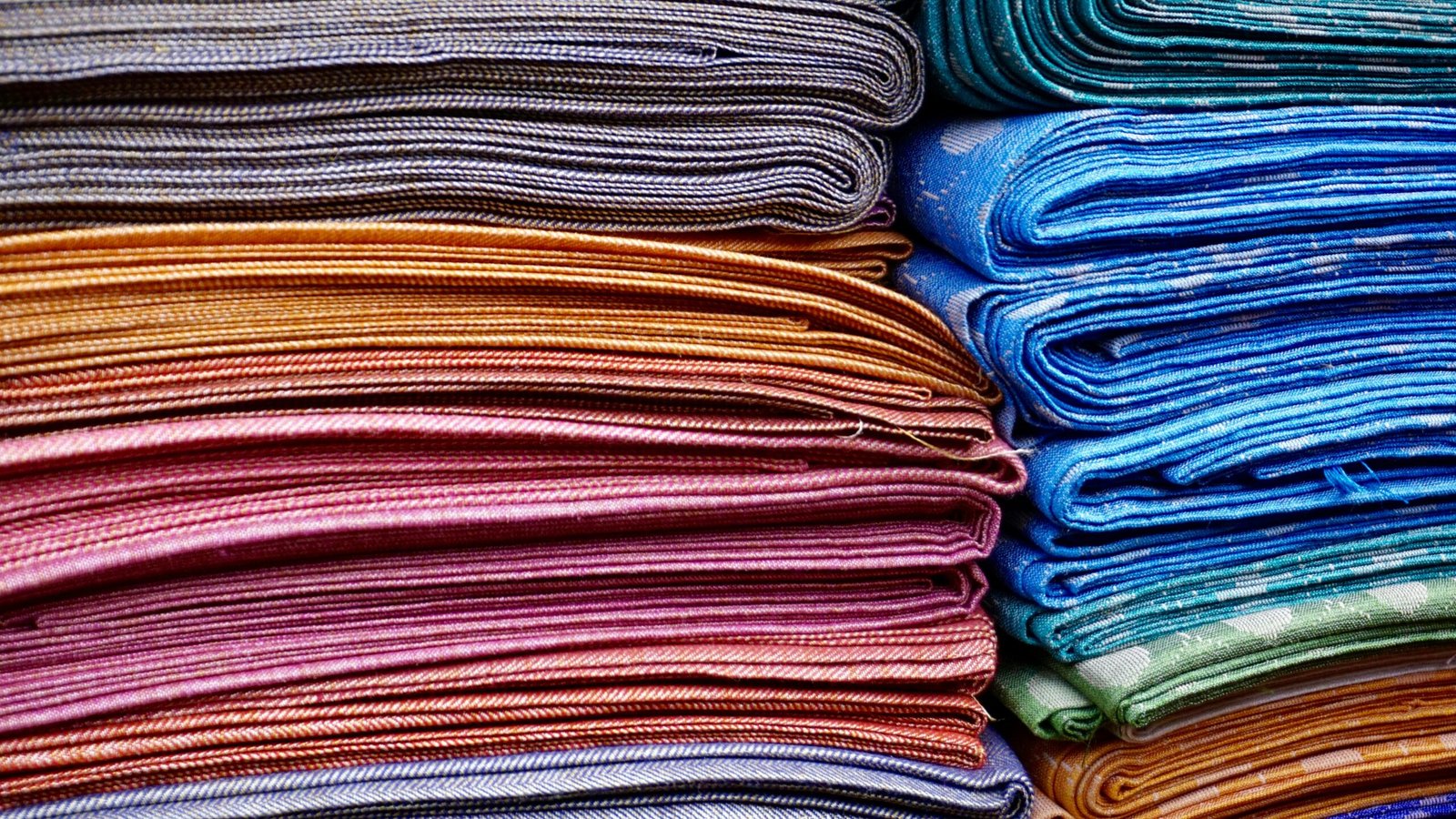
This image is property of images.pexels.com.
Matching Fabric to Your Embroidery Design
Large Designs vs. Small Designs
The size of your embroidery design can affect your fabric choice. For large designs, sturdy fabrics like denim and canvas are ideal as they can support the weight of the stitches. For smaller designs, lighter fabrics such as cotton or silk are more suitable.
Simple Patterns vs. Intricate Patterns
For simple patterns, almost any fabric will do. However, for intricate designs, you may want to choose a fabric that has a tight weave, like linen or silk, to show off the fine details in your work.
Prepping Your Fabric for Embroidery
Pre-Washing
Pre-washing ensures that your fabric won’t shrink or bleed color after you’ve completed your embroidery. Different fabrics have varied pre-washing needs, so make sure to follow the specific guidelines for the fabric you’ve chosen.
Stretching
Stretching your fabric in a hoop or frame before starting embroidery can help keep your work consistent and avoid puckering. This is crucial for both hand and machine embroidery.
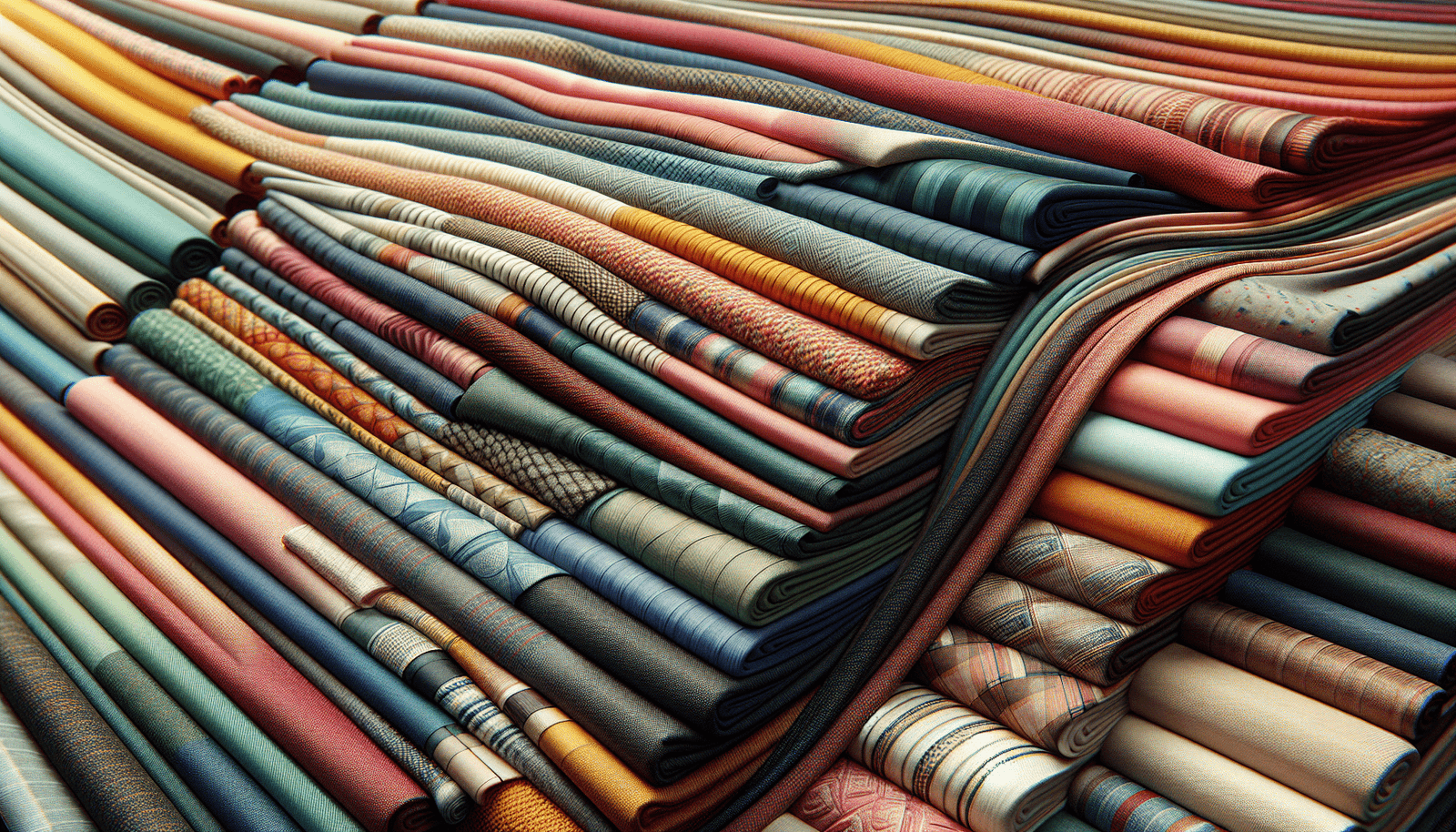
Consideration of Environmental and Ethical Factors
Sustainable Fabrics
If sustainability is important to you, consider using organic cotton or linen, which are grown without harmful pesticides. Recycled polyester is another eco-friendly option.
Ethical Production
Understand where your fabric is coming from. Some manufacturers ensure fair labor practices, and purchasing from them can help support ethical business practices.
Maintaining Your Embroidered Apparel
Washing and Drying
Different fabrics have different care needs. Silk and wool usually require gentle washing by hand or dry cleaning, while cotton and polyester can typically be machine washed. Always follow the care instructions to maintain the integrity of both the fabric and the embroidery.
Storage
Store your embroidered apparel in a cool, dry place away from direct sunlight to prevent any fading. For delicate items, consider using acid-free tissue paper to maintain their quality.

Conclusion
Selecting the right fabric for your embroidered apparel involves evaluating various factors, from the type of fabric and weave to the intended embroidery technique and design complexity. By understanding the unique properties of each fabric and how they interact with embroidery, you can ensure that your final product is both beautiful and durable. Happy stitching!

